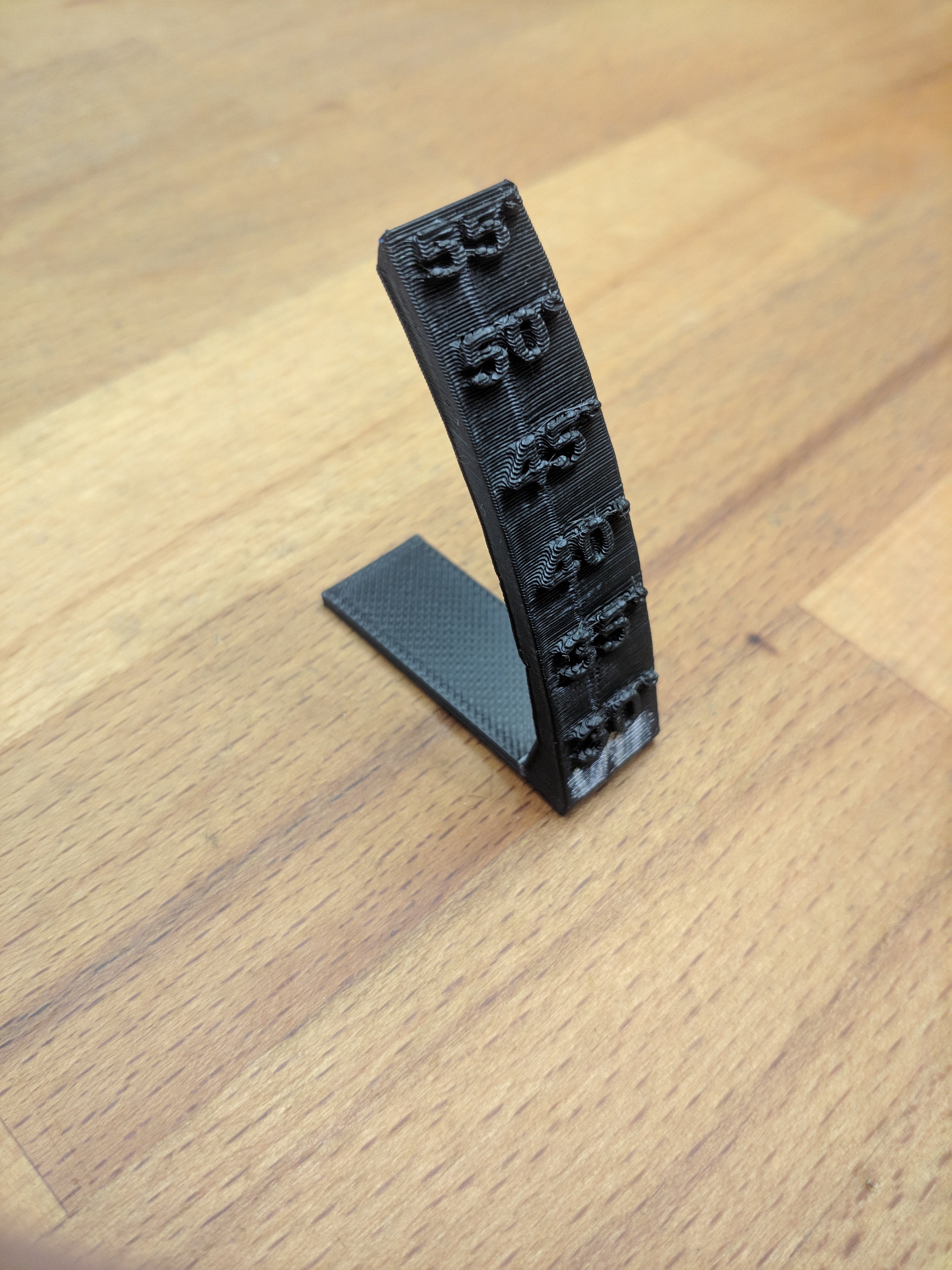view the rest of the comments
3DPrinting
3DPrinting is a place where makers of all skill levels and walks of life can learn about and discuss 3D printing and development of 3D printed parts and devices.
The r/functionalprint community is now located at: !functionalprint@kbin.social or !functionalprint@fedia.io
There are CAD communities available at: !cad@lemmy.world or !freecad@lemmy.ml
Rules
-
No bigotry - including racism, sexism, ableism, homophobia, transphobia, or xenophobia. Code of Conduct.
-
Be respectful, especially when disagreeing. Everyone should feel welcome here.
-
No porn (NSFW prints are acceptable but must be marked NSFW)
-
No Ads / Spamming / Guerrilla Marketing
-
Do not create links to reddit
-
If you see an issue please flag it
-
No guns
-
No injury gore posts
If you need an easy way to host pictures, https://catbox.moe may be an option. Be ethical about what you post and donate if you are able or use this a lot. It is just an individual hosting content, not a company. The image embedding syntax for Lemmy is 
Moderation policy: Light, mostly invisible



Seems like lowering your hot end temps or increasing cooling would do the trick
I came here to say augment the print temperature! Look at those non binding "tubes" that are laid down every layer! They should melt into each other or it's just crap and they'll break under their own weight.
Upping the fan is not needed here (yet, see below). It's good when doing overhangs or printing without support and stuff start to sag down. When anything sags down probably :-)
So up the temp for the overhangs, if they become too "liquid" then up the cooling(so fan speed).
Thanks guys. I will try both and see what works. My layer adhesion is good / parts are strong though.